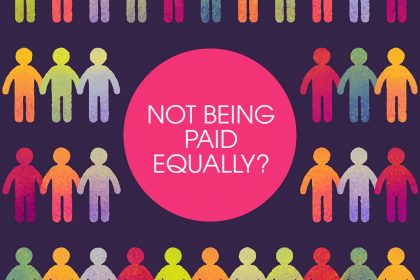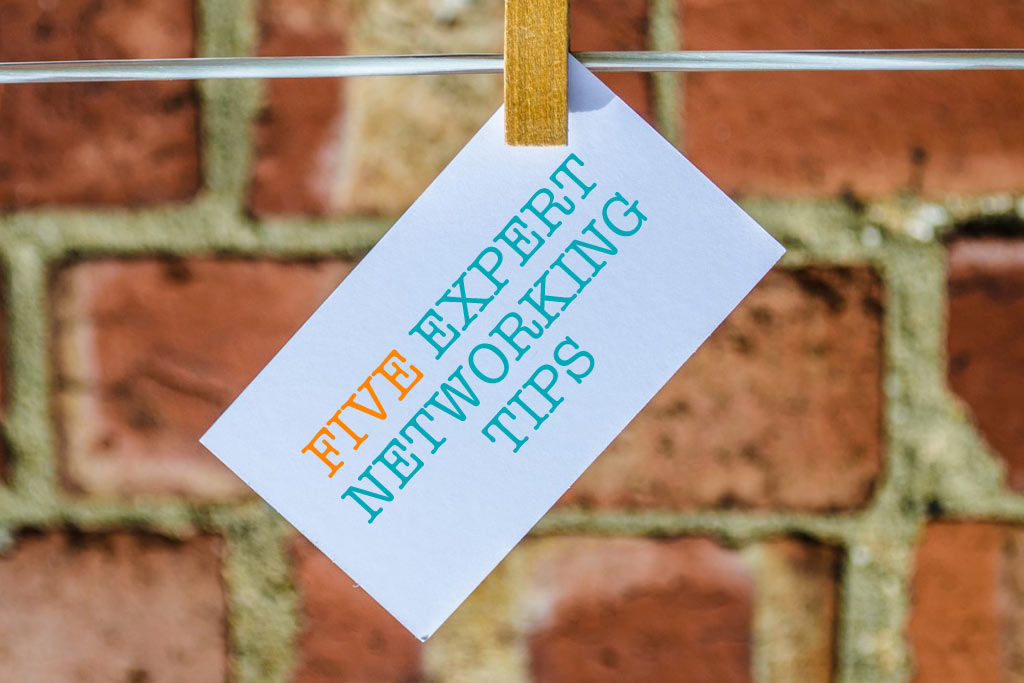How to get your professional image right – all five angles!
Find out why your professional image is so important – and how you can get all five angles of it right to maximise your chances of career and business success.
Career management coach and author of Amazon bestseller Navigating Career Crossroads Jane Jackson reveals the five sides of your professional image, and helps you learn how to get your personal presentation right.
Why your personal presentation is so important
When it comes to career management and getting a dream role, have you ever wondered why, when qualifications and experience are equal, some people gain an advantage over their competitors?
Often it’s not because they are any better qualified for the job, but because they present themselves as if they are. They create the impression that they are a good fit for the role and the culture of the organisation. The positive first impression they project paves the way to their success.
Your personal presentation will undermine or establish your credibility. If you are lacking, it brings your credibility into question. By contrast, if you project a positive first impression it will pave your way and make things easier when developing any relationship.
First impressions do count. If you make a polished and professional entrance, it will ease your way, as you will have set the bar at that level. If you set the bar low, it will take longer to prove how good you are. We’re all human – we’re judgemental and we assume things very quickly, whether they are correct or not.
However, your image is not just what you wear. Your image is not all visual. Your image needs to be considered from five angles.
How to get the five angles of your professional image right
There are five essential components of your image that come together and affect the way others perceive you. Here’s how you can get them right.
1) Your hidden image
Your hidden image encompasses what you believe about yourself, your past experiences and any fears that may be holding you back. Whether you were first born, second born or the baby of the family plays a part in how you view your world, along with whether you are male or female, whether you had an easy childhood or if your early life was a struggle, and more.
Others won’t be able to see this hidden image, and you can’t see the hidden image of others, but it affects what we see, hear, do and how we react to every situation every day.
So how does this affect your job search? From my experiences and those of the clients I have coached over the past 14 years, our hidden image plays the trump card when it comes to success and the way we handle challenges.
Think about your hidden image – what are your expectations, what are the expectations of your family and friends, how does that affect your choices and the way you view your world and how does it affect your job search?
2) Your assumed image
We are all pre-conditioned to develop expectations about a person even before we meet them. Our first impression depends a lot on what we’ve heard about them, what we think we already know.
What is their reputation in their industry? How are they portrayed on social media? Who do they work for? What position do they hold? Which country are they from? What social demographic were they brought up in? Depending on what we know, we will expect them to behave in a certain way, hold certain beliefs and communicate in a certain way. The same is true when it comes to what others expect of us.
Do you know what people expect before they meet you? Do you represent your brand accurately? In your current or previous role, did you measure up to the expectations of new clients or new staff members when they met you?
Fair or not, remember – you never know whom you will be meeting and what their expectations and assumptions of you will be. If you want to present a positive impression on your target audience, be aware of how you are perceived and the expectations that others have of you in your profession, at your level, in your industry.
3) Your visual image
Your visual image is how you physically present yourself, including what you wear and your body language.
In a work environment, how you dress affects how professional you look, along with your posture, eye contact, smiles and nods. These all create a visual from which people make judgements about your professionalism, abilities and more.
So how can you tailor your visual image? The first step is reviewing your wardrobe.
When it comes to what to wear in an interview or business setting, expectations will vary depending on the organisation you represent. A lawyer or chief financial officer will not be expected to dress like the creative director from an advertising agency or the showroom manager of a fashion PR company.
If your appearance surprises, people will try to make sense of it and may come to an inaccurate conclusion. If you want to impress certain groups of people and create a positive impression, their reactions will be shaped by a whole range of beliefs (their own hidden images), which make them more, or less, receptive to you and what you represent.
When you are out to impress someone, especially at an interview or during a networking meeting, once you are well prepared, have done your research and know what you are going to say, and have decided what to wear that will be appropriate for the occasion, it’s time to think about how you come across with your mannerisms and your body language.
Whether you are pitching for a contract or being interviewed for a job, your body language will affect the outcome. So many of us just don’t think about our own body language and yet we are so affected by the body language of others.
The little clues that will indicate to the person sitting across from you if you are nervous, being genuine, or telling a story that doesn’t ring true will come from not just your tone of voice, but also (mainly) from your body language.
When you meet someone, steady eye contact, a warm smile and a firm, confident handshake says, ‘It’s a pleasure to meet you!’ When you say it, a positive, genuine tone of voice conveys authenticity.
Interviewers can read a person’s body language quickly. What this means is that if you’ve made a positive impression, the interviewer will spend the rest of the time looking for confirmation of this positive image. Conversely, if you make a negative first impression often the interviewer will spend the rest of the time looking for more evidence that you are not right for the job.
4) Your experienced image
What is it like to be in your presence? The experience people have with you creates your experienced image, and this image can overrule all the others and cause people to think differently about you.
From that first handshake (is yours a limp fish or power handshake?), your tone of voice, your attitude to work and to life, your sense of humour, your manners, whether you are someone who looks for opportunities or only sees obstacles, whether you smile easily or scowl as the norm – all of this counts towards what it’s like to be with you.
Think about the experience others have with you. Do you talk over people, do you defer to others, do you make introductions politely, do you listen to what others say, and do you seem to care? Do you do what is considered to be the right thing in various circumstances? This is particularly important when dealing with people across cultures – what is acceptable in your culture may not be acceptable in theirs.
5) Your proven image
While first impressions count, if you create a negative first impression, you can overcome it in time. You overcome it by creating a consistent, reliable proven image.
Creating a positive proven image means not over promising and under delivering; it means over delivering and creating a consistently positive customer or client experience. It means taking the necessary steps to deliver on time, within budget, keep your promises and be consistent in your delivery. It means becoming the dependable mentor, the reliable employee or the manager who genuinely cares. It means building your positive reputation one step at a time.
What’s most important is to be true to yourself and to be authentic in all that you do. If your hidden image, assumed image, visual image, experienced image and proven image are consistent and complement each other, and reflect your personal and career values, you will be successful, respected and perceived as someone who displays strong personal leadership characteristics.
Jane Jackson is a career management coach and author of Amazon bestseller Navigating Career Crossroads. Her book takes you through all the essential steps to not only survive but THRIVE when changing direction.










